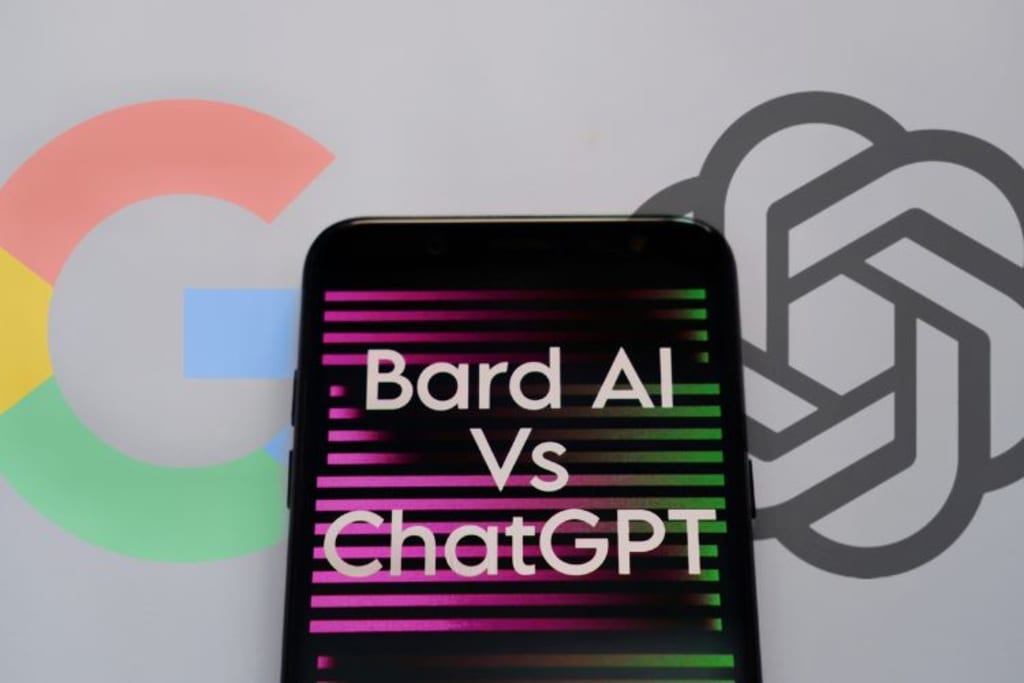
Bard can access responses directly from the internet in real-time, providing current information and the most up-to-date research.
Integrating seamlessly with Google Search makes research simpler, making it easier to locate information on complex topics. Furthermore, PoetryPen also features plugins specifically for poetry writing, prose writing and explanation purposes.
User-friendliness
ChatGPT boasts impressive language processing abilities, yet may struggle to accurately interpret nuances such as sarcasm and humor. Furthermore, its sensitivity towards typos and grammatical errors is limited - therefore users should verify all information produced by this bot before trusting any information given back from it.
Bard on the other hand has more advanced text functions and is better at understanding the context of a query. Furthermore, it has access to the vast digital repository of the internet and can provide up-to-date information. However, Bard may find it challenging grasping certain concepts; therefore relying on training data dating back to 2021 for this.
ChatGPT and Bard both utilize transformer architecture and can generate contextually relevant text based on prompts, with ChatGPT using books, articles, and documents from the internet as its training datasets while Bard uses Infiniset which includes high-level concept clusters in its model. However, their respective training datasets vary significantly. ChatGPT trains on an assortment of texts including books, articles and documents harvested from the web while its training set - Infiniset - specifically targets dialogues whereas ChatGPT may require books, articles and documents scrapped from internet sources whereas Bard uses Infiniset which specifically designs dialogues into its model to produce contextually relevant results whereas ChatGPT uses text from books and articles while Infiniset specifically targets dialogues in its model for dialogues whereas Infiniset incorporates high level concept clusters for training data analysis purposes.
Google recently unveiled their collaborative AI chatbot experiment known as Bard. The software is free to use; users just need to join a waitlist before accessing it; Google will grant access gradually as time goes on and will seek user feedback about its performance.
Accuracy
ChatGPT and Bard are both generative AI chatbots that produce human-like responses to users' inquiries, like an interactive human conversation. Bard excels at responding in a comprehensive and informative fashion; its advanced language model makes it more user-friendly than ChatGPT; however both tools come with their own set of advantages and disadvantages - it's essential to make the decision that best fits your needs!
Google Bard offers accurate answers to fact-based questions more reliably than ChatGPT, making fact checking simpler thanks to links embedded into its answers. Furthermore, Bard integrates seamlessly with Google Workspace tools allowing project managers to manage multiple projects at the same time.
ChatGPT can produce repetitive answers that lack logic, which can make content creation challenging. To address these issues, the latest version of ChatGPT has been enhanced; now supporting additional languages and using PaLM-2 instead of LaMDA; which should improve accuracy while encouraging more creative responses. It also offers additional capabilities, including coding help, support for writing blog posts, outline creation capability and even an outline-generating function! The tool provides detailed feedback after every response has been provided by ChatGPT.
Integrations
ChatGPT and Bard are natural language AIs, making them suitable for answering queries or performing basic search tasks. Both systems can easily integrate with messaging apps for easy use by non-technical users, as well as supporting marketing efforts by helping create high-quality long-form content for companies.
Both bots, however, have their limitations when it comes to accuracy. This is due to relying on information retrieved by Language Models (GPT-3.5 for ChatGPT and LaMDA for Google Bard), which sometimes contain false or inaccurate data.
At this stage, it's difficult to determine which bot is superior as both are still being updated as users provide feedback. Based on the examples we've seen so far, Google Bard appears more accurate.
Bard is both efficient and easier to read than ChatGPT due to the way its content generation happens in chunks rather than responding directly to text prompts. Furthermore, it provides links for more information and acts similar to digital assistants like Alexa or Siri.
Bard and ChatGPT are free for anyone to use, though both can be enhanced through subscription fees. ChatGPT Plus costs $20 a month and provides access to GPT-4 - OpenAI's advanced language model - an important upgrade as both bots rely heavily on large volumes of information that may become outdated over time and lead to mistakes.
Pricing
Since its debut last year, ChatGPT has become an invaluable tool for businesses worldwide. However, its uses may also raise issues of plagiarism and editorial integrity; therefore it is imperative that companies be clear about when and why they can and cannot use ChatGPT - having clear guidelines helps avoid unnecessary AI-induced problems later.
ChatGPT and Bard both use natural language processing to interpret what the user is asking, but each has their own set of algorithms for understanding a sentence's context. Bard utilizes Google's Language Model for Dialogue Applications LaMDA while ChatGPT utilizes GPT-4; both models offer their own advantages and drawbacks; however, one key difference between the two models is that Bard continuously learns as it translates and writes texts for users.
As such, Bard can deliver more accurate and up-to-date responses than ChatGPT, which relies on data that only goes up until late 2021. Furthermore, Bard provides answers with "Google It" buttons and source-citing capabilities which do not yet exist on ChatGPT.
Both bots, however, have limitations when it comes to accuracy. Both tend to overstate their abilities and be vague when providing answers - something which may prove frustrating for users. Furthermore, both lack the voice input feature that other AI assistants like Siri or Alexa offer and therefore users must type out prompts manually; an immense disadvantage compared to these virtual assistants.
About the Creator
Mohammad Nabeeh
https://www.itgeekguide.com/






Comments
There are no comments for this story
Be the first to respond and start the conversation.